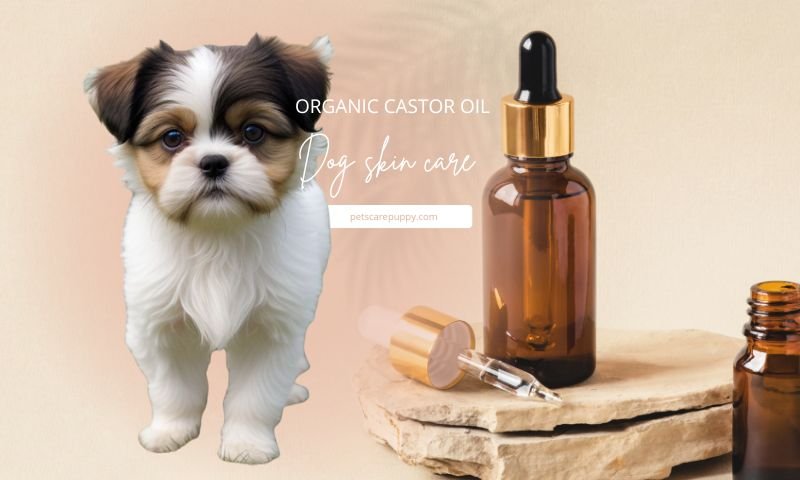
Can we use Bactine and Neosporin on dogs? What are these? How to use on Pets?
Bactine is an antiseptic spray containing lidocaine (a pain reliever) and benzalkonium chloride (an antiseptic). Neosporin is a topical antibiotic ointment with neomycin, polymyxin B, and bacitracin. Both are designed for humans, but can they work for dogs?
Key Guidelines for Safe Use
- Bactine:
- Usage: Safe for minor cuts or scrapes if the dog cannot lick the area. Avoid sprays near eyes/nose.
- Risks: Lidocaine toxicity if ingested; always monitor after application.
- Neosporin:
- Usage: Apply a thin layer to clean, superficial wounds. Use the plain version (no added pain relievers like pramoxine, which are toxic).
- Risks: Allergic reactions (itching, redness) or antibiotic resistance with overuse.
Veterinary Tip: “Never use human medications without consulting your vet first. Dogs lick wounds, and ingestion can lead to serious side effects.” — Dr. Emily Carter, DVM
Historical Context: The Evolution of Pet Wound Care
In the early 20th century, pet owners relied on home remedies like hydrogen peroxide or iodine. Today, veterinary science emphasizes species-specific solutions. Products like Vetericyn (a pet-safe antiseptic) and prescription antibiotics have replaced guesswork with evidence-based care.
Ethical Considerations: Human Products vs. Pet-Specific Solutions
Pros of Using Bactine/Neosporin
- Convenience: Readily available for minor emergencies.
- Cost-Effective: Cheaper than some veterinary products.
Cons and Risks
- Toxicity: Ingredients like lidocaine (in Bactine) or pain-relieving additives (in some Neosporin variants) are dangerous if licked.
- Misdiagnosis Risk: Untrained owners might overlook infections needing veterinary care.
Did You Know? The FDA has never approved Neosporin for use in animals, and the ASPCA lists it as “low risk but not ideal” for dogs.
Step-by-Step: How to Safely Treat Your Dog’s Wound
- Assess the Injury: Is it superficial (small cut) or deep (puncture, bleeding)?
- Clean the Wound: Use saline solution or mild soap and water.
- Apply Pet-Safe Products: Opt for Vetericyn or chlorhexidine wipes.
- Prevent Licking: Use an Elizabethan collar or pet-safe bandage.
- Monitor for Infection: Swelling, pus, or lethargy require immediate vet care.
Personal Stories: Lessons from Dog Owners
- A Close Call: Mark, a hiker, used Neosporin on his Lab’s paw. The dog licked it off and developed vomiting. A vet visit confirmed mild toxicity.
- Success Story: Lila, a groomer, keeps Vetericyn on hand for minor nicks during trims: “It’s formulated for pets, so I feel confident.”
SEO-Optimized FAQs
Q: Can I use Neosporin on my dog’s open wound?
A: Only if it’s superficial, unmedicated, and the dog can’t lick it. Consult your vet first.
Q: Is Bactine safe for dog wounds?
A: Temporarily, yes—but avoid sprays near sensitive areas and prevent licking.
Q: What’s the safest alternative to human antibiotics for dogs?
A: Vetericyn, chlorhexidine solutions, or vet-prescribed topical creams.
Conclusion: Prioritize Safety Over Convenience
While Bactine and Neosporin can be used in specific scenarios, they’re not risk-free. Always consult your veterinarian before treating wounds at home, and invest in pet-specific first-aid products. Remember: What’s safe for humans isn’t always safe for dogs.
Bookmark this guide or download the Guide for Pet Care for quick reference.

